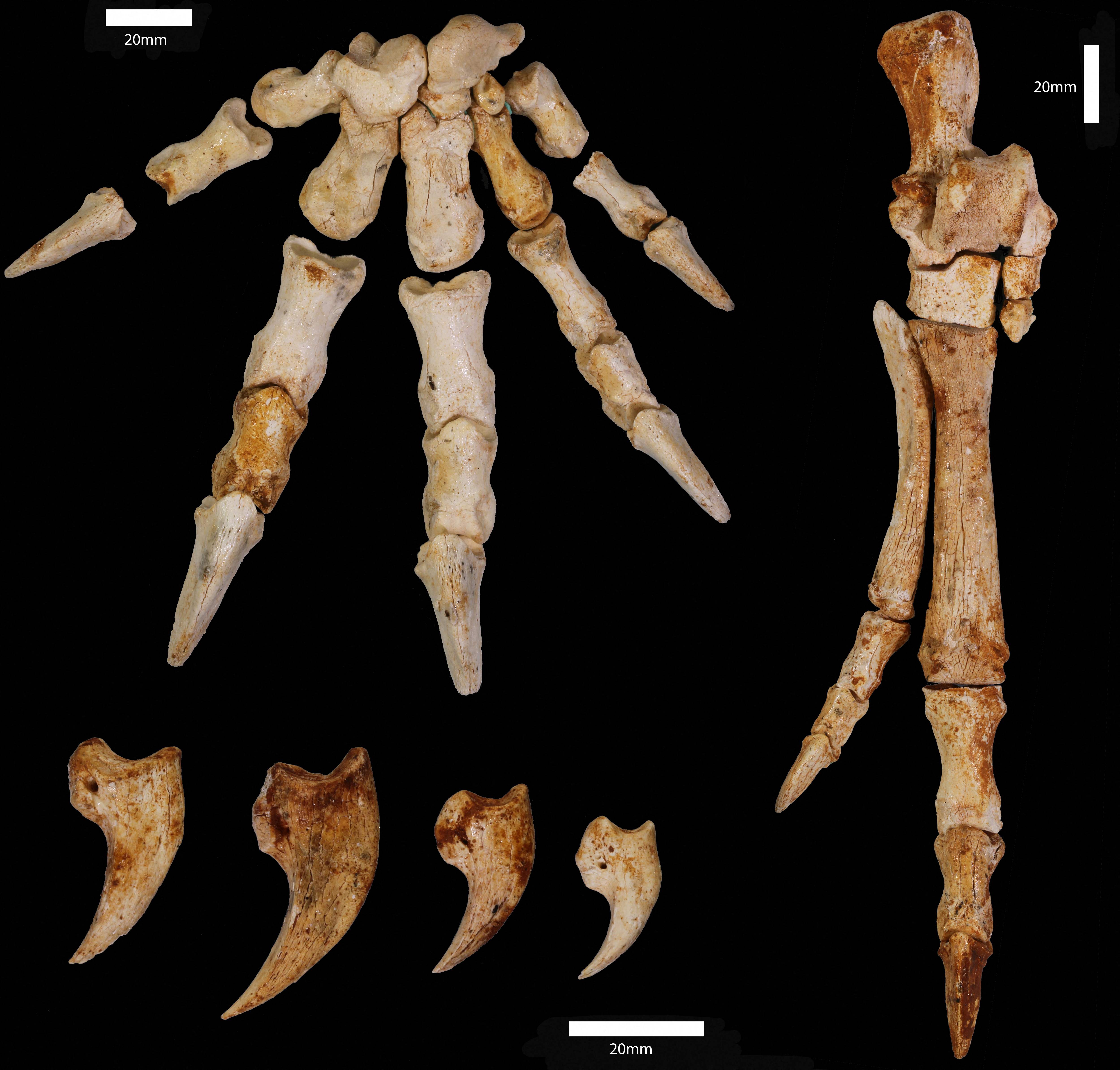What caused mysterious Australian megafauna extinction? Not size, say scientists
Wombat-like creatures as big as cars, six-foot tall birds and extra-long lizards once roamed the earth

The mysterious Australian megafauna extinction may have been caused other factors such as climate change and not physical characteristics, a new study has found.
Giant animals, including wombat-like creatures as big as cars, six ft tall birds and extra-long lizards once roamed the ancient continent of Sahul — comprising mainland Australia, Tasmania, New Guinea and neighbouring islands — but went extinct 42,000 years ago.
Fossils and archaeological clues originally led scientists to believe the megafauna were impeded by their large size, slow growth and low fertility.
Professor Corey Bradshaw of Flinders University, Australia, put this hypothesis to the test when he created population simulation models to predict the chance of megafauna surviving under different environmental conditions.
The simulations ranged from increasing hunting pressure to increased droughts to determine which species of 13 extinct megafauna and of the 8 comparative alive species had the highest change of survival.
Professor Bradshaw and his team compared the simulated results to fossil evidence which dates the extinction of megafauna species, expecting to see a correlation.
But while slower-growing species with lower fertility were more likely to go extinct than more fertile creatures, there was no strong relationship between extinction probability and fossil records.
In fact, Professor Bradshaw found the living species used for comparison, such as short-beaked echidnas, emus, brush turkeys and wombats, were more more likely to go extinct than megafauna.
The researchers concluded that the extinction was probably the result of more complex and localised impacts such as regional climate variation or interaction with humans such as hunting.
“Our results support the notion that extinction risk can be high across all body sizes depending on a species’ particular ecology, meaning that predicting future extinctions from climate change and human impacts aren’t always straightforward based on the first principles of biology,” concluded Professor Bradshaw.
Join our commenting forum
Join thought-provoking conversations, follow other Independent readers and see their replies
Comments
Bookmark popover
Removed from bookmarks